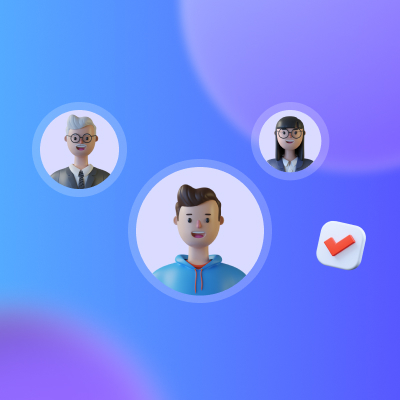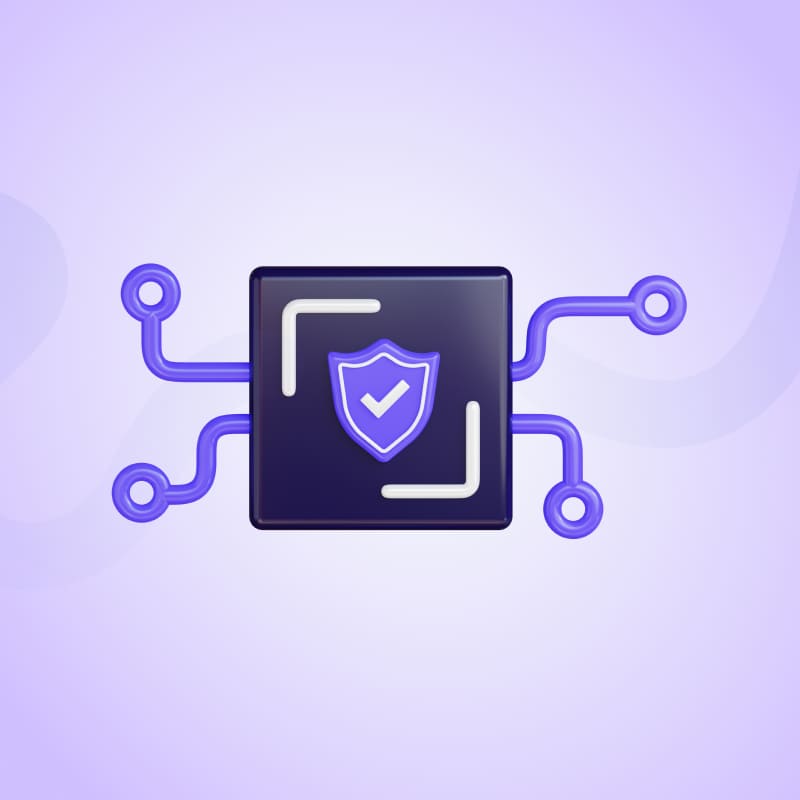
The world of work has transformed, with remote learning holding sway during the pandemic. And although many organisations have returned to the office, the transient workforce has become a mainstay thanks to work-from-home options, telecommuting and hybrid working.
eLearning has had its share of evolution, and corporate learning as we knew it has picked up some new features that have made relics of some familiar old trends.
Here are a few changes that have ousted the familiar and are here to stay.
Contents
- Course menu
- Adaptive learning
- Freedom from one device
- Immersive learning
- Microlearning
Course menu
Corporate learning still hosts a portfolio, of course. However, organisations no longer hold complete control of learning paths.
It is now the norm for employees to personise their learning paths to suit their career objectives. Think of it like an à la carte where employees pick and choose from an array of courses they are interested in.
Although there are usually specific courses that are mandatory for developing skills required in particular roles, the employee has way more freedom and flexibility than existed before.
Adaptive learning
Not only do learners get to choose their courses, but algorithms in the learning systems and pathways can adapt the training to the learner. This takes things even more personal because by understanding and making connections between the learner’s experiences and her chosen learning path.
For instance, a learner’s performance and responses during an assessment can feed the algorithm to recommend other courses. This is a massive turnaround from following a catalogue of courses prepared by someone who does not understand the learner.
Adaptive learning generates data from performance, skills and aspirations to make eLearning courses more robust.
Freedom from one device
Another way eLearning is transforming is the flexibility in accessibility to course content. Learners are now free to use any device as learning programmes limited to classrooms or browsers have long lost their appeal.
This isn’t just tablets and mobile phones taking the front seat. It has gone as far as the use of AI and AR. It will undoubtedly keep being reinvented as technology evolves further.
Immersive learning
As texts and pdfs in learning become dated, virtual reality and more immersive experiential learning are becoming mainstays. With simulations for situations other than aeronautics and flying planes, learners now acquire skills in more practical ways and skip comprehending text that still requires translation to practice.
With the simulation of live scenarios, learners are better engaged, and training is more effective because learners learn by doing. This more wholesome form of learning is devoid of cramming, anxiety and panic, which are causes of stress.
Microlearning
Short bursts of learning have replaced day-long sessions away from your work. With microlearning, courses are condensed and easy to digest within short periods. With the waning attention spans of the day, simple and brief outs are detailed and cumbersome.
You control how long you want to learn and how much learning you can take at once. This gives you time to take a break and do something else or practise using your newly acquired skills.
You could certainly opt to spend longer hours plunging into the details or more learning. However, the choice is left to you as a learner. This provides flexibility and lets the learner know they are in control.
Change is something we have come to expect. Sometimes, you may have to look hard or wait a long time for it to happen. Other times, and more often these days, change moves at a pace that keeps everyone on their toes. Innovation and technology have challenged many things deemed normal for a long time, and there’s no end to change to hit again. To remain edgy and ahead with eLearning, you can’t afford to ignore these current trends.
There are many other trends in the industry, and you should look at your eLearning bouquet to assess whether It needs an overhaul. You don’t want your workforce treating your learning programmes like a plague.
Book a demo session with My Learning Hub today to audit your eLearning platform and learn how tostay ahead of your competitors.
Frequently asked questions FAQ














